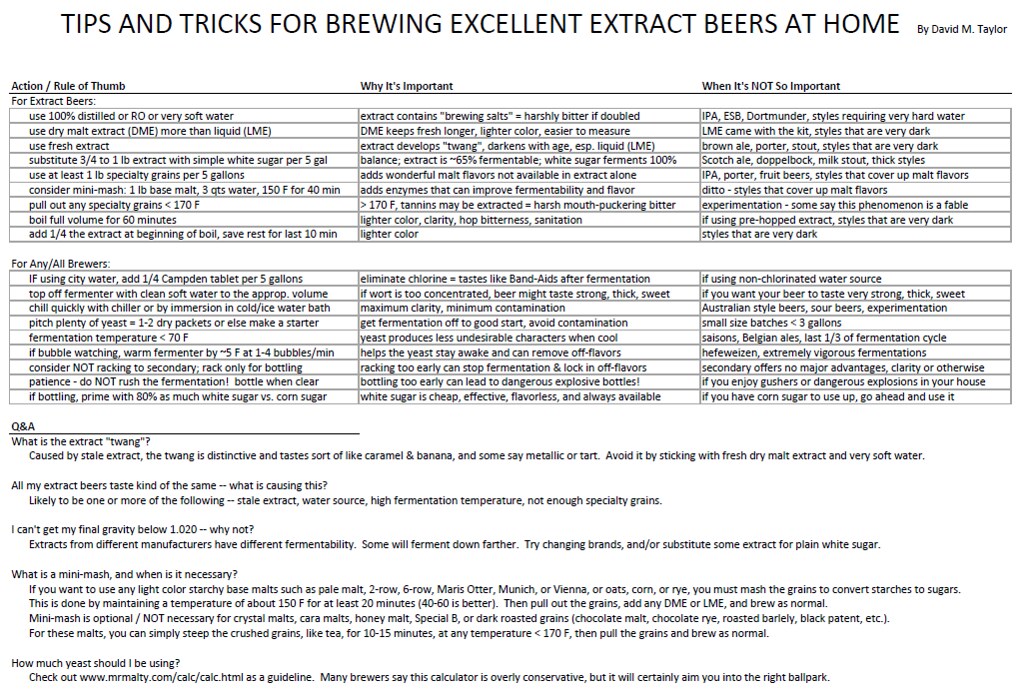IMHO, this would be a good place to start.
https://beerrecipes.org/Recipe/1255/beautiful-basic-light-ale.html
You can substitute a german noble hop like Hallertau, for the cascade hops for a less citrus, more traditionally bittered beer. I would also suggest using this yeast:
https://www.whitelabs.com/yeast-bank/wlp060-american-ale-yeast-blend
I just did a batch using this and it is pretty clean, meaning not a lot of flavors added from the yeasts.
The irony in homebrewing is you can make big flavorful beers better than you can buy, but crisp, clean light American style lagers are actually more difficult.
The most popular beer I've ever done was a crisp, low alcohol (4+% ish) cream ale. It disappeared in half the time of any others I've done and was a very simple recipe like this. I wanted to get close to a lager without the hassle of lagering and this did the trick.
If you do wine, you probably have a good homebrew store relationship already. Use high quality extract and hops that have been stored properly.
Having done some wine here's a few other suggestions:
- Have adequate headspace in your fermentation vessel. At least a gallon if you do 5 gallon batches.
- After you've measured your SG and know it's done fermenting, let it sit for another week or two on the yeast cake. The yeast will clean up by-products in that time which is important for this style of beer.
- Generally, ale yeasts need to be kept below 75F, 68F to 72F is generally ideal, when fermenting, above that can produce a lot of off flavors you probably won't like and will be pretty pronounced with this style.
- Think about how you are going to dispense the finished product. You can't bottle like wine, the contents need carbonation and that means pressure. Personally, I use and re-use Grolsh style brown bottles. The bottles are about 3 bucks a piece, but I have some I've been using for 15 years. The brown ones protect the beer from light which will produce the skunky smell if left unprotected.
Overall, this is very doable. Using malt extract and ale yeasts will take a ton of complexity out of the process. Ferment for 2-3 weeks, bottle and you can be drinking this in 4 weeks. Should peak at about 8 weeks.
PS - This style of beer, like many, will not age well. Plan on a batch size you will go through in 3-6 months. Cellar bottles below 72F. 24 hours above 80F can ruin it.



